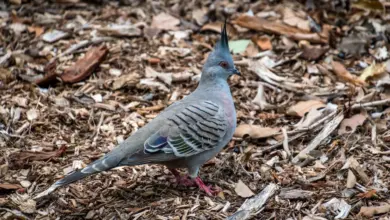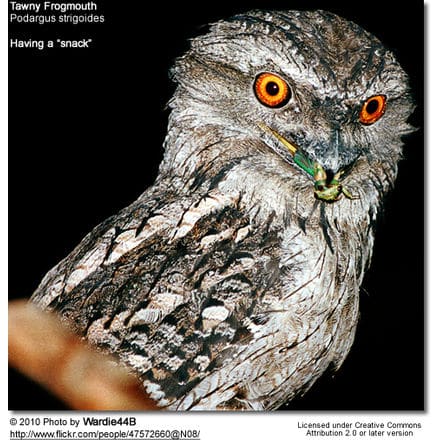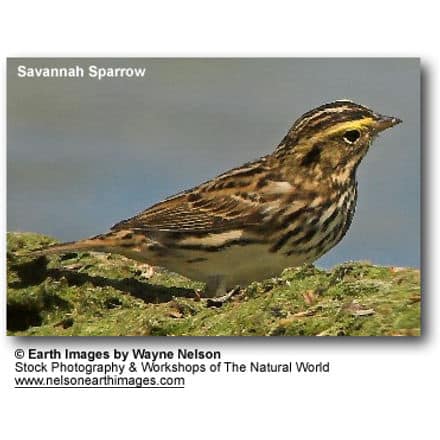European Robin (Erithacus rubecula)
The European Robins (Erithacus rubecula) are very distinctive songbird, with a brown head and back, orange/red breast, pale belly, long legs, and short tail. They are a common sight in the woodland, parks, and gardens but they are very territorial.
European Robins are often called chats. British Robins are largely resident but a small minority, usually females, migrate to southern Europe during winter and a few of these migrate as far as Spain.
Scandinavian and Russian Robins migrate to Britain and Western Europe to escape the harsher winters. These migrants can be recognized by the greyer tone of the upper parts of their bodies and more orange breasts.
Female Robins move a short distance from the summer nesting territory to a nearby territory while the males keep the same territory throughout the year.
Description
The European Robin averages 2.5 – 14.0 cm (5.0 – 5.5 inches) in length. Both the male and the female have a distinctive red patch on the chest.
Recently fledged birds are brown all over and lack the red breast of the adult. They are about 2 to 3 months old, some reddish feathers grow under their chins and after another 2 to 3 months, this patch gradually extends to complete the adult appearance.
Calls / Vocalizations
They have a fluting, warbling song in the breeding season – often singing into the evening, and sometimes into the night, leading some to confuse them with the Nightingale.
Both males and females sing during the winter when they hold separate territories, the song then sounding more plaintive than the summer version.
Diet / Feeding
They feed on insects, fruits, seeds, and worms.
Nesting / Breeding
They build a neat cup nest in crevices, holes, or artificial sites. From March to June, they lay 3 – 6 white eggs speckled with brown, which are incubated for about 14 days.





